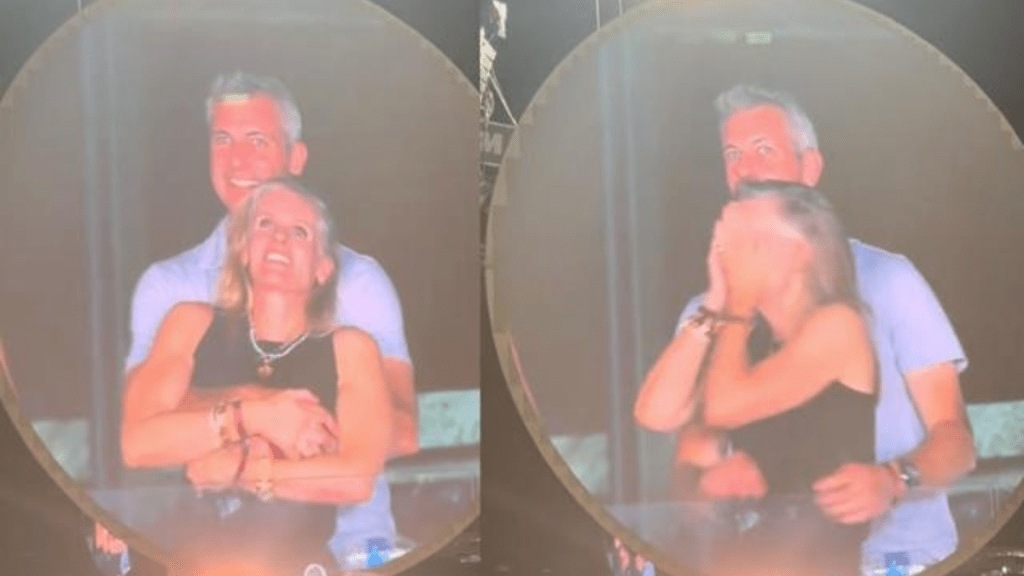It began with a Coldplay concert and a scandal. One camera pan, one cheating spouse caught red-handed, and the internet was on fire. Social media was flooded with videos of the incident, influencers reacting, news organisations pouncing on the piece, and a significant part of the population hooked on to what happens to the people in the picture.
The Astronomer CEO’s marital misstep, captured live during the band’s Mumbai set, became a social media moment too juicy to ignore. But what stood out to me was how swiftly, and almost shamelessly, brands leapt into the fray. Pizzas were offered for heartbreak, airline seats for a solo vacation, and dating apps found an opportunity for resurrection. What could’ve been a moment for personal grief was quickly hijacked by marketing strategy.
Moment marketing in distress
This, in essence, is moment marketing, a brand’s attempt to surf the internet’s chaotic current. As per the playbook, it’s the art of “seizing real-time cultural, social, or newsworthy events to craft timely brand messages when public attention is at its peak”. When done right, the payoff is sweet. But as the Coldplay saga revealed, the line between timely and tone-deaf is perilously thin.
“The biggest risk is looking tone deaf or opportunistic,” Gopa Menon, founder of TheBlurr, told financialexpress.com. “When brands jump on serious issues just for attention, people see right through it and the backlash can be brutal… If there’s any doubt about sensitivity, sit it out”.
Still, the ROI is tempting. Moment-driven posts, if executed well, deliver spikes in engagement, virality, and even earned media value at minimal cost. Yasin Hamidani, Director at Media Care Brand Solutions, noted: “Quick, contextually relevant responses can deliver sharp spikes in engagement, reach, and even earned media value at minimal cost. ROI isn’t always direct sales; it often comes in the form of brand love, recall, and virality. Zomato and Netflix India are strong examples of high-return reactive content”.
Think Oreo’s legendary “You can still dunk in the dark” tweet during the 2013 Super Bowl blackout. Or Aviation Gin’s masterstroke spoofing Peloton’s problematic ad. In India, Faasos scored big with its “Andheri or Andhera, we’re still delivering” campaign during a Mumbai blackout. These examples prove that with wit, timing, and restraint, moment marketing can move the needle.
But that restraint is key
“Tapping into deeply personal or morally charged moments is risky and often viewed as tone-deaf… Exploiting someone’s pain for clicks rarely lands well in the long run.” Hamidani warned. Menon echoes this: “Someone’s personal life falling apart isn’t fair game for marketing, even if it’s trending.”
So why do brands continue to gamble? Because the payoff, while short-lived, can be seductive. “Engagement rates can jump 300-500% on posts that nail a viral moment compared to regular content,” Menon noted. “But the real value comes from the brand awareness and the way people remember you handled the moment.” Over time, this compounds into a digital persona, a brand “that gets it”.
To keep pace with this speed-demon strategy, agencies are now creating war-room-style teams with always-on alerts and rapid-approval frameworks. “Brands benefit from dedicated real-time content squads with clear brand voice guidelines and approval frameworks,” Hamidani added. “Having predefined protocols ensures speed without compromising brand safety.”
In other words, moment marketing is no longer just clever copywriting; it’s operations, ethics, and empathy rolled into one volatile package. Of course, not every brand needs to jump into the fray. Sometimes, the best move is to scroll past. “The best test,” Menon said, “is asking yourself: would I want brands making jokes if this happened to me or someone I love?”
